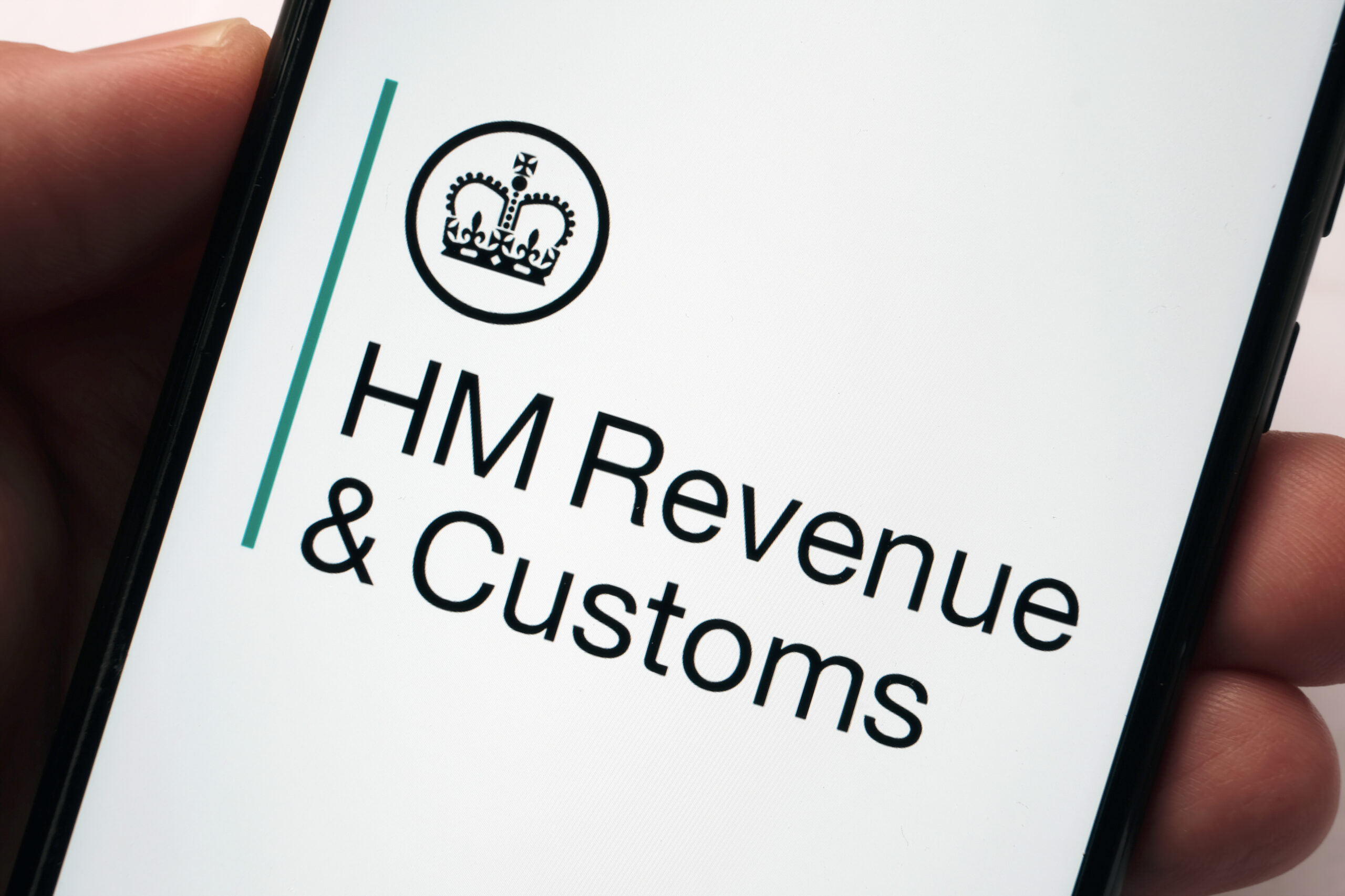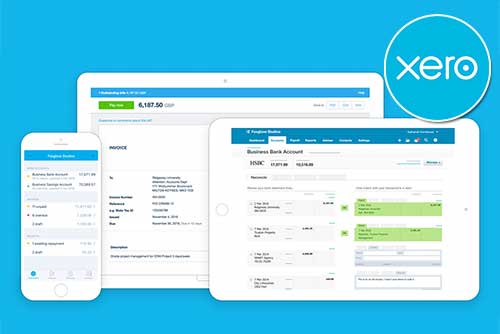What is a Dividend: A Comprehensive Guide
Dividends are a crucial aspect of investing, representing a portion of a company’s profits distributed to its shareholders. Understanding dividends is essential for investors seeking to build wealth through the financial markets.
In this article, we’ll explore what dividends are, how they work, different types of dividends, their significance, and how dividends are taxed.
What is a Dividend?
A dividend is a payment made by a corporation to its shareholders, typically in the form of cash or additional shares. It’s a reward for investing in the company and sharing in its profits. Companies that generate consistent earnings often choose to distribute dividends as a way to attract investors and maintain shareholder loyalty.
Types of Dividends
- Cash Dividends: These are the most common type of dividend, where shareholders receive cash payments directly into their brokerage accounts.
- Stock Dividends: For companies looking to conserve cash, they may choose to pay dividends in the form of additional shares of stock. This is also known as a “scrip dividend.”
- Hybrid and Property Dividends: These are less common. A hybrid dividend is a blend of cash and stock, while a property dividend involves distributing company assets that hold monetary value.
- Special Dividends: These are extra dividends paid out when a company has an unusually profitable quarter or year. They are in addition to the company’s regular dividend and can be issued as cash or stock.
- Dividends on Mutual Funds and ETFs: Not just limited to companies, various mutual funds and exchange-traded funds (ETFs) also pay dividends to their investors.
How Do Dividends Work?
Dividends are typically paid on a regular basis, such as quarterly or annually, although some companies may issue them irregularly. The dividend payout amount is determined by the company’s board of directors and is usually expressed as a fixed amount per share or as a percentage of the share’s current market price.
Investors who own shares in a company on the “record date” are eligible to receive dividends. The record date is set by the company, and investors must own shares before this date to qualify for the dividend payment.
After the record date, the company determines the ex-dividend date, which is the date when the stock begins trading without the right to receive the upcoming dividend. Investors who purchase shares on or after the ex-dividend date will not receive the dividend payment.
Why Do Companies Pay Dividends?
Companies pay dividends for several reasons, each reflecting different aspects of their financial strategy and the interests of shareholders:
- Rewarding Shareholders: One of the primary reasons companies pay dividends is to reward their shareholders for investing in the company. Dividends provide tangible returns on investment and can attract investors seeking income and stability.
- Attracting Investors: Offering dividends can make a company’s stock more attractive to investors, particularly those seeking steady income. Companies that pay regular dividends often appeal to a broader range of investors, including retirees and income-focused investors.
- Utilising Excess Cash: Companies with substantial cash reserves may choose to distribute dividends as a way to efficiently utilise excess cash. Instead of hoarding cash or making potentially risky investments, companies can return capital to shareholders through dividends.
Benefits of Investing in Dividends
Investing in dividends offers several benefits for investors. Here are some of the key benefits:
- Steady Income Stream: Dividend-paying stocks can serve as a reliable source of passive income.
- Compounding Returns: Reinvesting dividends can significantly enhance the power of compounding returns over time. By using dividends to purchase additional shares of stock, investors can accelerate the growth of their investment portfolios and potentially achieve higher total returns over the long term.
- Inflation Protection: Dividend payments have the potential to keep pace with inflation, providing investors with a hedge against the eroding effects of rising prices. Companies that consistently raise their dividends over time can help investors preserve the purchasing power of their income streams.
What is a Dividend Yield?
The dividend yield is a financial ratio that measures the annual dividend income generated by a particular investment relative to its market value. It is expressed as a percentage and is using the following formula:
Dividend Yield = (Annual Dividend per Share/Market Price per Share) x 100
For example, if a stock pays an annual dividend of £2 per share and its current market price is £50 per share, the dividend yield would be calculated as:
Dividend Yield = (£2/£50) x 100 = 4%
This means that for every pound invested in the stock, the investor can expect to receive a dividend yield of 4% annually.
The dividend yield provides investors with valuable insight into the income-generating potential of an investment relative to its price. A higher dividend yield generally indicates that an investment is generating a higher level of income relative to its price, making it more attractive to income-focused investors. Conversely, a lower dividend yield may suggest that the investment is generating less income relative to its price.
It’s important to note that the dividend yield is not a static measure and can fluctuate based on changes in both the dividend payments and the market price of the investment.
What is the Dividend Payout Ratio?
The dividend payout ratio is a financial metric used to measure the proportion of a company’s earnings that are paid out to shareholders in the form of dividends.
The formula for the dividend payout ratio is as follows:
Dividend Payout Ratio = (Total Dividends Paid/Net Income) x 100
The dividend payout ratio provides insight into how much of a company’s earnings are being returned to shareholders as dividends versus how much is being retained by the company for reinvestment in the business, debt repayment, or other uses.
A higher dividend payout ratio indicates that a larger portion of the company’s earnings is being distributed to shareholders as dividends, while a lower ratio suggests that the company is retaining more of its earnings for internal use.
How are Dividends Taxed?
In the UK, the amount of tax that you need to pay once you exceed the tax-free dividend allowance (£500) is connected to your Income Tax band.
To ascertain your tax band, you need to take your general income and add this to your dividend income.
| Band | Taxable Income | Tax Rate | Dividend Tax Rate |
| Personal Allowance | Anything up to £12,570 | 0% | 0% |
| Basic | £12,571 to £50,270 | 20% | 8.75% |
| Higher | £50,271 to £125,140 | 40% | 33.75% |
| Additional | More than £125,140 | 45% | 39.35% |
Dividends vs. Growth Stocks
Dividends and growth stocks represent distinct investment strategies. Dividend-paying stocks offer investors a regular income stream by distributing a portion of the company’s earnings on a consistent basis, typically quarterly. Dividend-paying stocks often exhibit lower volatility compared to growth stocks, especially those from well-established companies with a history of reliable dividend payments.
Dividend-paying stocks also offer the option for investors to reinvest dividends back into the stock, enabling compound growth over time. This reinvestment strategy can accelerate the growth of an investment portfolio, particularly when dividends are consistently reinvested over the long term.
Unlike dividend-paying stocks, growth stocks typically do not pay dividends or pay very low dividends, as their primary focus is on reinvesting earnings to fuel expansion. Consequently, investors in growth stocks are more reliant on the appreciation of the stock price to generate returns.
Nevertheless, growth stocks tend to be more volatile than dividend-paying stocks, influenced by factors such as market sentiment, industry trends, and company performance.
While this volatility poses higher risk, growth stocks also offer the potential for higher returns, attracting investors with a higher risk tolerance and longer investment horizons.
The Power of Dividends
Dividends play a pivotal role in investing, offering shareholders a portion of a company’s profits as a reward for their investment. Understanding dividends equips investors with the knowledge to navigate the financial markets effectively and capitalise on the benefits they offer, such as providing steady income, enhancing compounding returns, and offering inflation protection.





















